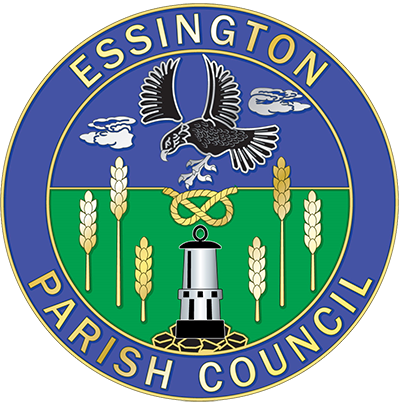Essington community defibrillator is in association with SafeAid Services.
A defibrillator is a life-saving machine that gives the heart an electric shock in some cases of cardiac arrest. This is called defibrillation and can save lives.
Cardiac arrest is when the heart stops pumping blood around the body. When someone has a cardiac arrest, defibrillation needs to be prompt.
For every minute that passes without defibrillation chances of survival decrease by 14 per cent. Research shows that applying a controlled shock within five minutes of collapse provides the best possible chances of survival.
Getting defibrillators into the right places
Defibrillators, also known as automated external defibrillators (AEDs), need to be placed strategically – in areas where there is a high incidence of cardiac arrest and where it’s difficult for an ambulance to get quickly.
More than 6,000 defibrillators have already been placed in the community since we started donating them in 1996.
Rural areas, communities with poor road networks or traffic congestion, and where large crowds gather are all places where we need defibrillators the most.
If you would like to be involved in the in the scheme or would like to make donation please contact the Parish Office on 01922 711608.
A huge thanks to the following residents, local clubs, groups and companies for their very kind donations:
- Willenhall RUFC
- Safeaidservices
- G A Healthcare
- Extremecastles
- Little Munchkins Play Group
- Essington Post Office
- Hawthorne Pharmacy
- Essington Over 50s Group
How a BHF defibrillator saved Gary’s life
Gary Humphries, 54, from Caerphilly, owes his life to staff at his local leisure centre.
Gary suffered a massive heart attack and went into cardiac arrest whilst playing squash at Hawthorn Leisure Centre in Treforest, Rhondda Cynon Taf.
He would have died if the centre had not had a defibrillator funded by us Two members of staff, Anthony Blackburn and John Hancock, had recently been trained how to use the equipment by Tony Rossetti, a BHF-funded community defibrillation officer. It was the first time they had needed to put their training into practice.
Anthony and John were at the scene within a minute and applied a shock from the defibrillator within two minutes. The shock revived Gary, who had been clinically dead for those two minutes. There is no doubt their speedy response saved Gary’s life.
Gary’s father died from a heart attack aged 46, and his grandmother died from a heart attack aged 59. Gary had been on medication for high cholesterol since his father died, but played sport and tried to eat healthily. He stopped smoking many years ago.
After his cardiac arrest, it took five days before Gary came around. He underwent angioplasty surgery and had a stent fitted to improve his blood flow through his narrowed arteries. He is now taking beta blockers, statins and other drugs and has returned to work as a material controller for Rolls Royce engines.
Gary says: “I owe Anthony and John my life. I didn’t even know what a defibrillator was before that day – I certainly do now!”
Gary is now campaigning for more defibrillators to be made available in public places, particularly in Wales, and he is determined to become a First Responder for his area so that he can help save other heart attack victims’ lives.
He added: “I don’t feel at all impaired now and I have probably come out of this a stronger person. Whatever I can do to make a difference, I will do, however small a difference it makes.”
Heart attack symptoms
Symptoms can range from a severe pain in the centre of the chest, to having mild chest discomfort that makes you feel generally unwell. In some cases, chest pain or discomfort are accompanied by other symptoms.
If you, or anyone around you, experience any of these symptoms, don’t ignore them. Phone 999 for an ambulance immediately. This means that you will get treatment as soon as possible.
The sooner you get treatment, the greater your chances of survival.
Symptoms include:
- central chest pain; a dull pain, ache or ‘heavy’ feeling in your chest; or a mild discomfort in your chest that makes you feel generally unwell. The pain or discomfort may feel like a bad episode of indigestion
- this pain or discomfort may spread to the arms, neck, jaw, back or stomach
- as well as having chest pain or discomfort you can feel light-headed or dizzy and short of breath
- You may also feel nauseous or vomit
